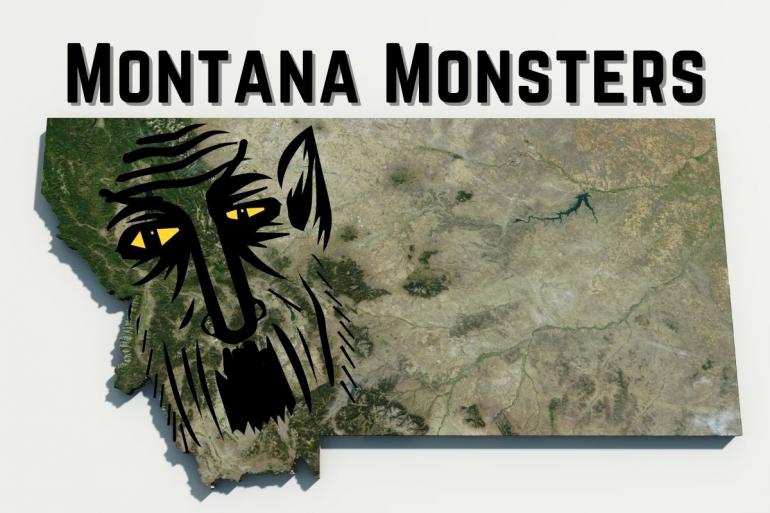
Ever since I was a little kid, I've been fascinated by monsters. My mother had an addiction to genealogy, harmless as addictions go, that brought us to a lot of public libraries where I would wander off in search of the call numbers that denoted monstrosity. Then, with an armful of books with names like Strange Encounters, Mysterious America, or the most forbidding of them all, Charles Fort's The Book of the Damned, I would collapse into a heap on the floor on some corner of the library and spend a magic hour or two reading about things people had seen, or thought they'd seen.
I remember thinking that Montana was perhaps less rich in monsters than the rest of the country. I admired the psychedelic cornucopia of long-legged beasties enjoyed by the rest of the nation, coming to the conclusion that our state was impoverished. I envied the children of Waterford, Pennsylvania, some of whom grow up hearing "behave, or the Sheepman will get you" to this day. Northfield, Vermont had their pigman. And of course, the Lizard Man of Scape Ore Swamp, terrifying South Carolinians for decades now. And the grandaddies of them all: the Jersey devil of that state's pine barrens and West Virginia's Mothman. By comparison, I felt that Montana's monsters were a relatively staid bunch, comprised of the usual suspects, as it were: a Bigfoot and a Lake Monster, considerably less kaleidoscopic, not to mention hallucinatory, than, say, the deep south. With the benefit of age and experience, I can see now that it might just as easily be considered a positive thing for Montana that so few of our inhabitants see eight-foot-tall manimals.
Even so, a surprising number of us have and do see them - sober, hard-working individuals with both feet planted firmly on the ground. Or at least we might give them the benefit of the doubt. A few sips of whiskey or a can or two of Bud Light only rarely produce ecstatic visions.
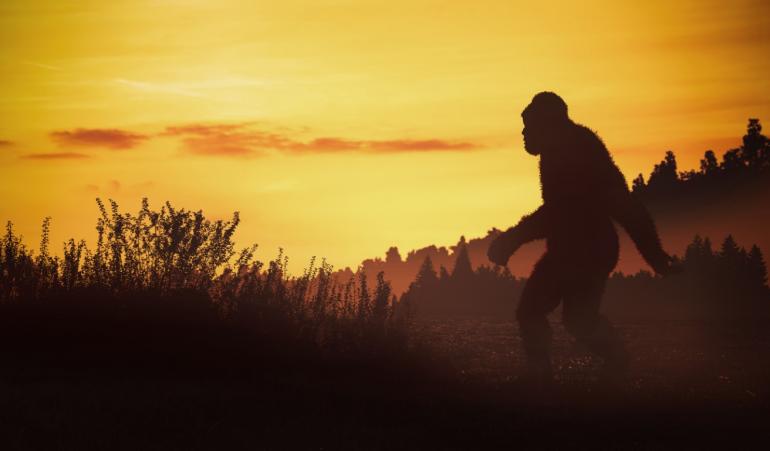
Take the case, reported in a 1969 issue of Saga magazine, of an elderly grocer named Harold Nelson from Los Angeles, traveling cross-country, who encountered the "Montana Snowman." He had parked his camper just outside of Billings, Montana and settled in for a meal of pork and beans with crackers when he heard something strange outside. He opened the door and registered with shock that he was "face to face" with something "covered with a reddish-brown hair" with "few spots of white hair along the edge of the enormous shoulders," something that "stood erect, like a man, and must have weighed 600 or 800 pounds. He was big--real big."
According to the story in the magazine, Harold Nelson retreated into the camper to retrieve his .22 pistol (you can imagine that a .22 round would, at worst, tickle such a creature), during which the enormous beast poked his curious head into the camper, had a look, turned around, and left. According to the rest of the article, Nelson, shaken, drove up the road to a small gas station. He went inside and told the story to the attendant, who was utterly nonplussed. Such things were routine around here, the attendant told him. Nelson ought not to bother telling the police, he said, they would only call it a bear and dismiss it.
This curious exchange is what sticks with me about this story: the inherent contradiction in what the gas station attendant told him. Sightings of Bigfoot are usual enough for the clerk to react without surprise, and yet still unbelievable enough for the police to routinely call them bears. That curious mixture of the mundane and the bizarre is how you know you've entered the shadow world of American monster sightings.
So is Bigfoot real? Well, to paraphrase former President Bill Clinton, that may depend on what your definition of the word is is.
Because if it sounds like I'm dismissing the story of Harold Nelson, I'm not. I'll grant that the source, Saga magazine, a now-defunct publication that specialized in adventure tales for men who had an aversion to growing up and reading Wall Street Journal, paints the story in a certain light. But then, it's not like Wall Street Journal would print a Bigfoot sighting anyway. And besides, I think that we would all do well to remember Hamlet's admonition that there's more to heaven and earth than we dream of in our philosophy, holds as true for you and me as it does for Horatio.
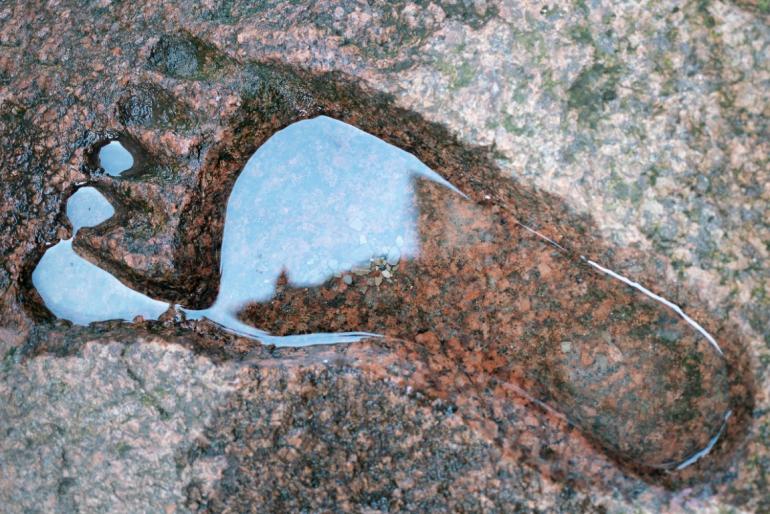
For those of us who have never seen a monster ourselves, but who may harbor some secret desire to see one someday, we might read a story like that and receive it with a mixture of disbelief and envy - a feeling that, for now, we'll accept it with a grain or two of salt, but as soon as we see one ourselves we'll give ourselves over to it completely, like a zealous convert to an old-time religion.
Nevertheless, regardless of ontological questions regarding Bigfoot's actual factuality - that is, whether he exists or not - it is tempting to see him (or her!) as a thing more human than human.
What I mean is that if there really is some kind of remnant population of mostly-human creatures out there that have never fully given in to the perils and follies of modern life, then by extension, they've never been subject to the often-dehumanizing aspects of culture. If they exist, no Bigfoot has ever studied actuarial tables, taken a position on an assembly line, overextended themselves via gambling, credit card, or student debt, voted for a candidate because a political party told them to do so, wrung their hairy-knuckled hands in a church pew, had their identity stolen online, been inundated with scam calls, eaten a depressing quantity of fast food, paid hundreds of dollars for hundreds of channels of numbing satellite television, or kissed their boss's ass.
In fact I would go so far as to say that Bigfoot lives a life decidedly like a "real Montanan" (whatever that means). It's (did we ever think to check what Bigfoot's preferred pronouns are?) days are spent in a perpetual, life-long camping trip. Presumably, they live in the woods all the time, foraging for berries, fishing in clear mountain streams, howling into the night sky, and sleeping under the stars. In short, Bigfoot's entire existence is a kind of protracted hiking trip, surely the fantasy of many a Montana outdoorsman, only he never has to go home and shower and get ready to go to work.
None of this is to say that Bigfoot isn't real. I'm just saying that if he is real a lot of us might envy him.
And if we ever did find out that he's demonstrably real, then how long before they assign him a social security number and convince him he's got to get an unlimited data plan from Verizon?

Harold Nelson told Saga magazine that he was glad he never had to fire a shot at his hulking visitor: "I think about the legal aspects a lot... What would have happened if I had shot that Montana Snowman? The thing is definitely part human. Would it have been murder?" Certainly an interesting question; you'd hate to be shipped to Deer Lodge for Sasquatchicide. And let's say that after a prolonged battle in the legal system, one that might extend all the way to the vaunted hall of the U.S. Supreme Courts, it is decided that Bigfoot shouldn't be afforded human rights - he'd still be the ultimate endangered species, wouldn't he? And like the grizzly, about whom it is sometimes said that it is better to let them maul you than risk a fine for shooting them, you'd better just steer clear.
At the end of the day, what really matters is that for thousands of Montanans Bigfoot is real. To risk blasphemy, you might compare the hunt for the sasquatch to man's search for spiritual meaning and conclude that Bigfoot, like churches, are present in their lives, and exert an influence on the real world. People search for him, write hundreds of books about him, and pour over grainy Youtube videos trying to spot him. Some even dress like him.
In 2012, a 44-year old Kalispell trucker named Randy Lee Tenley bought a military-style ghillie suit from a local retailer. He was reported to have told a buddy that he intended to fake a Bigfoot sighting that would induce a local hunt for the creature. One Sunday night in August, he stepped onto the asphalt of Highway 93, unable to see well through the bushy costume. A 15-year old girl hit him first, and then a 17-year old driver hit him again. Though don't know which strike killed Tenley.
Tenley was older than both of those drivers combined. What would compel a grown man to attempt such a prank? Nothing more than the thrill of knowing that he had induced a stranger to believe in something that might not be there? Yet, had it succeeded, it might have been a story that poor Tenley would have laughingly told over beers for the rest of his life.
The poor kids who struck him will now have to live with accidentally killing a man for the rest of their lives.
To put it succinctly, Bigfoot is "real" enough for someone to risk, and lose, their life over him.
As for me, I'll remain officially skeptical while always searching the edges of forested roads at night. On the one hand, seeing a Bigfoot, even for a second, would be a momentous few seconds - enough to change your life forever.
And even if he's not "real," it seems that Montana drivers now have to watch for merry pranksters on the roads one way or the other.
Here's a fact that no one can deny: it's a strange world.
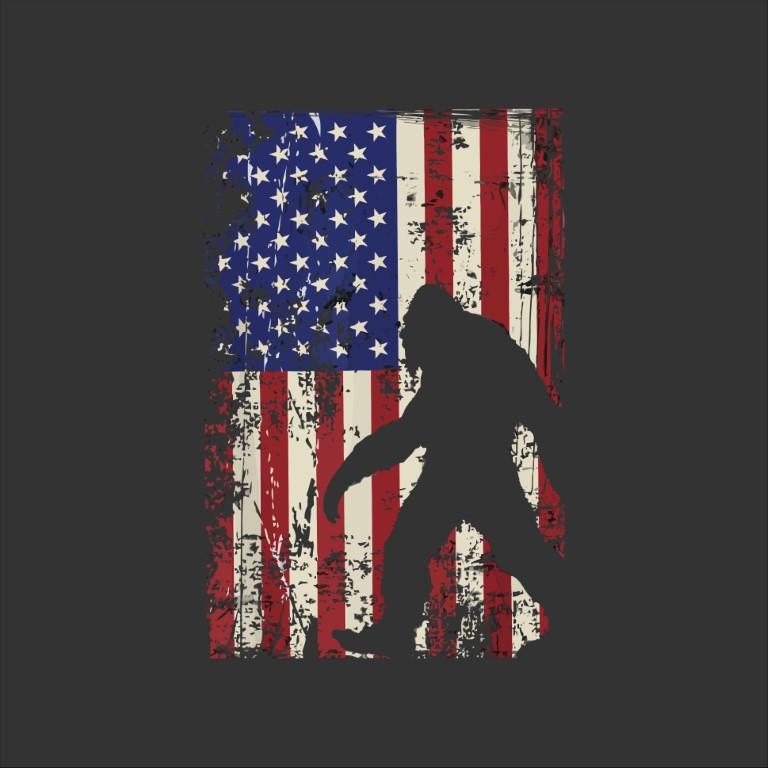
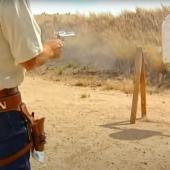
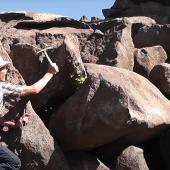





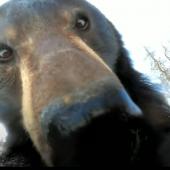

Washington state claims to have the most sighting of Bigfoot--probably because even the mountainous wilderness areas are thick with people.
For fun, & to claim Bigfoot as a native Montanan my husband D.T. Sanders has written a couple of Urban fantasy (or is that rural fantasy) books featuring Bigfoot's offspring and I used him in a scary story contest for SCBWI (Society of Children's Book Writers)
- Reply
Permalink